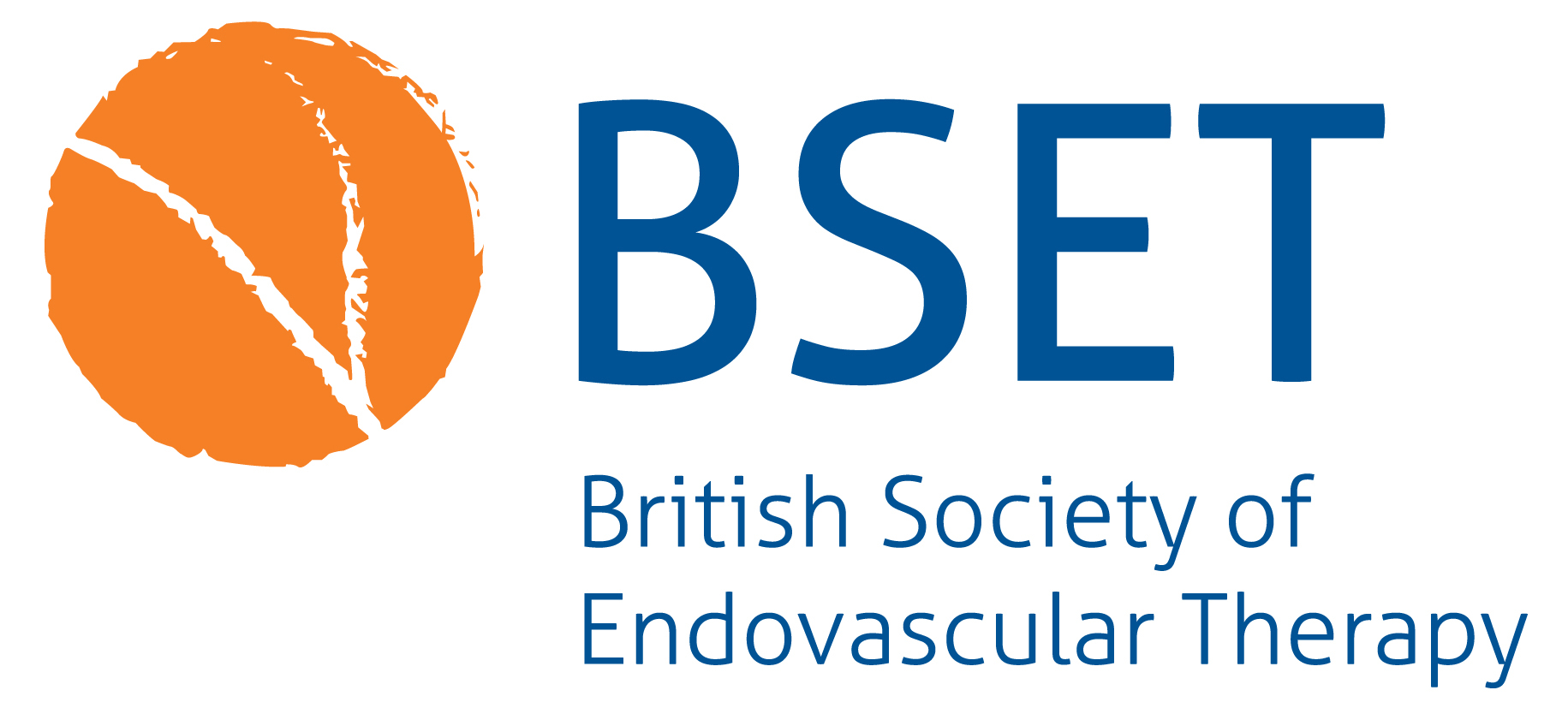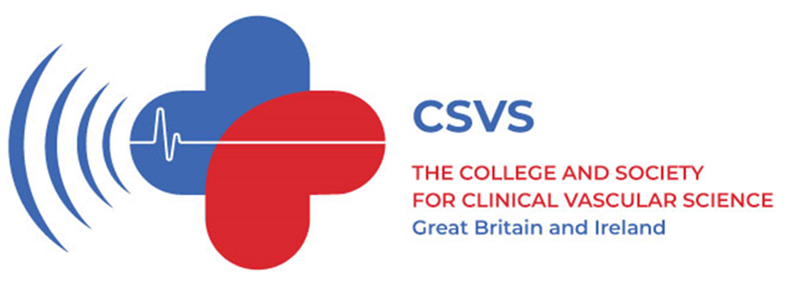Helen Jones
Traumatic superficial temporal artery pseudoaneurysm managed with ultrasound-guided compression
Abstract Superficial temporal artery aneurysms are rare, accounting for approximately 1% of all arterial aneurysms, with 95% of these being pseudoaneurysms. They are most commonly caused by trauma to the temporal region. Although ultrasound-guided compression has been described as a management technique, it has been believed to be ineffective. This report describes the case of…
Read MoreAn appraisal of global clinical practice guidelines in thromboprophylaxis for superficial endovenous treatment
Introduction Clinical practice guidelines (CPGs) are systematically developed recommendations that aim to assist clinicians and patients in making informed decisions for specific clinical situations by evaluating the benefits and risks of various treatment options based on comprehensive evidence.1–3 To standardise clinical practices and ensure effective and consistent patient care, CPGs must be of high quality…
Read MoreA rare case of true tibioperoneal trunk aneurysm resulting in foot drop
Abstract A 75-year-old man presented with a six-week history of his right foot “making a slapping sound” whilst he walked and consequently having to adopt a “high-stepping gait”. Examination revealed a pulsatile swelling in his right popliteal fossa and signs of a peroneal nerve palsy. Computed tomography angiography (CTA) revealed a 2.5 cm tibioperoneal trunk…
Read MoreWhat’s the denominator? An 8-year audit of ruptured abdominal aortic aneurysm outcomes, including rates of conservative and palliative management
Introduction In the UK, more than 4,900 deaths annually are attributed to aortic pathologies,1 with aneurysms and dissections being the leading causes, particularly in men over 65. Aneurysms, often undetectable until rupture, are at higher risk of rupturing if they exhibit pain, increase in size by more than 1 cm/year or have diameters larger than…
Read MoreThe Vascular Society of Great Britain and Ireland and Rouleaux Club membership survey on the role of Physician Associates in vascular surgery
Background Physicians Associates (PAs) were first introduced in the UK in 2003. They work under the supervision of doctors and undertake day-to-day tasks in general practice and hospital settings. They undertake a two-year postgraduate degree which focuses on the general aspects of adult medical care.1 PAs are not part of the medical or nursing staff…
Read More










